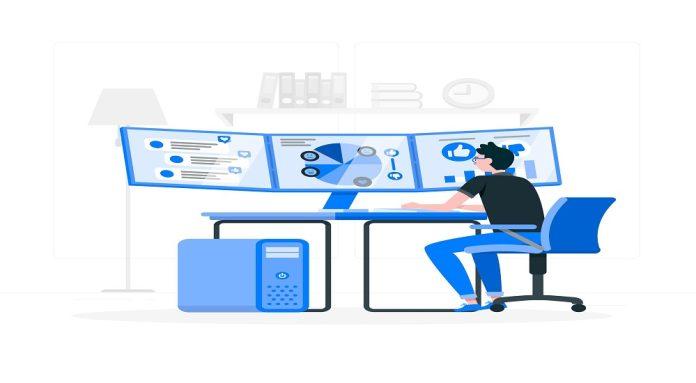.In today’s rapidly evolving business landscape, accurate demand forecasting has become a critical element for success. Organizations across industries are recognizing the significance of understanding customer preferences and market trends to optimize their supply chain and inventory management. As a result, the integration of Artificial Intelligence (AI) into demand planning and forecasting software is gaining tremendous momentum. This article delves into the transformative power of AI in demand forecasting and its role in shaping the future of demand planning software.
Understanding the Importance of Demand Forecasting
Effective demand forecasting lays the foundation for efficient inventory management, production scheduling, and resource allocation. Businesses that can accurately predict future demand can minimize stockouts, reduce excess inventory costs, enhance customer satisfaction, and ultimately improve their bottom line. Traditional demand forecasting methods, however, often fall short in capturing the complexity of modern consumer behavior and market dynamics.
The Evolution of Demand Planning and Forecasting Software
Historically, demand planning and forecasting heavily relied on manual processes and statistical models. These methods were limited in their ability to factor in various variables that impact demand, such as seasonality, promotions, economic trends, and external events. As technology advanced, businesses started adopting demand planning and forecasting software to streamline these processes. However, early software solutions still struggled to provide the accuracy and agility required for today’s volatile market conditions.
Enter AI-Powered Demand Planning Software
The marriage of AI and demand forecasting has brought about a paradigm shift in the accuracy and effectiveness of prediction models. AI-powered demand planning software leverages advanced algorithms, machine learning, and data analytics to process vast amounts of historical data and real-time information. This enables businesses to generate more precise forecasts and adapt to changing circumstances rapidly.
Key Benefits of AI in Demand Forecasting
Enhanced Accuracy: AI algorithms can identify intricate patterns within data that human analysts might overlook. This leads to more accurate predictions and better-informed decisions.
Real-time Insights: With AI, businesses can access real-time data to adjust their forecasts based on current market conditions, thus reducing the impact of sudden disruptions.
Improved Collaboration: AI-powered software encourages collaboration across departments by providing a unified platform for sharing insights and aligning strategies.
Adaptability: AI models can quickly adapt to changing trends and consumer behaviors, ensuring that forecasts remain relevant and reliable.
Scenario Analysis: AI enables businesses to run various scenarios to assess the potential outcomes of different strategies, empowering them to make proactive choices.
Challenges and Considerations
While the benefits are significant, integrating AI into demand planning software does present some challenges. Organizations need to ensure they have access to quality data and possess the necessary technical expertise to implement and manage AI-powered solutions. Additionally, the “black-box” nature of some AI models can raise concerns about transparency and explainability.
Best Practices for Implementing AI-Powered Demand Planning Software
Data Quality: Clean, accurate, and relevant data is the foundation of successful AI implementation. Regularly audit and update your data sources to maintain their integrity.
Collaboration: Foster collaboration between data scientists, analysts, and domain experts to develop AI models that align with your business objectives.
Change Management: Introducing AI may require a shift in the way your organization operates. Invest in change management strategies to ensure a smooth transition.
Model Interpretability: Choose AI models that offer interpretability, allowing you to understand how predictions are generated and building trust in the technology.
Continuous Learning: AI models improve over time. Allocate resources to continuously refine and retrain your models for optimal performance.
The Future Landscape of Demand Planning and Forecasting
As AI continues to advance, the future of demand planning and forecasting looks promising. AI-powered solutions will likely become more accessible to businesses of all sizes. Moreover, the integration of AI with Internet of Things (IoT) devices and big data sources will further enhance the accuracy of demand predictions.
Conclusion
AI-powered demand planning software has ushered in a new era of accuracy and efficiency in demand forecasting. By leveraging the capabilities of AI, businesses can navigate the complexities of modern markets with confidence. Making informed decisions that drive growth and sustainability. As technology continues to evolve, organizations that embrace AI in their demand forecasting strategies. Will undoubtedly be better equipped to thrive in an increasingly competitive landscape.
